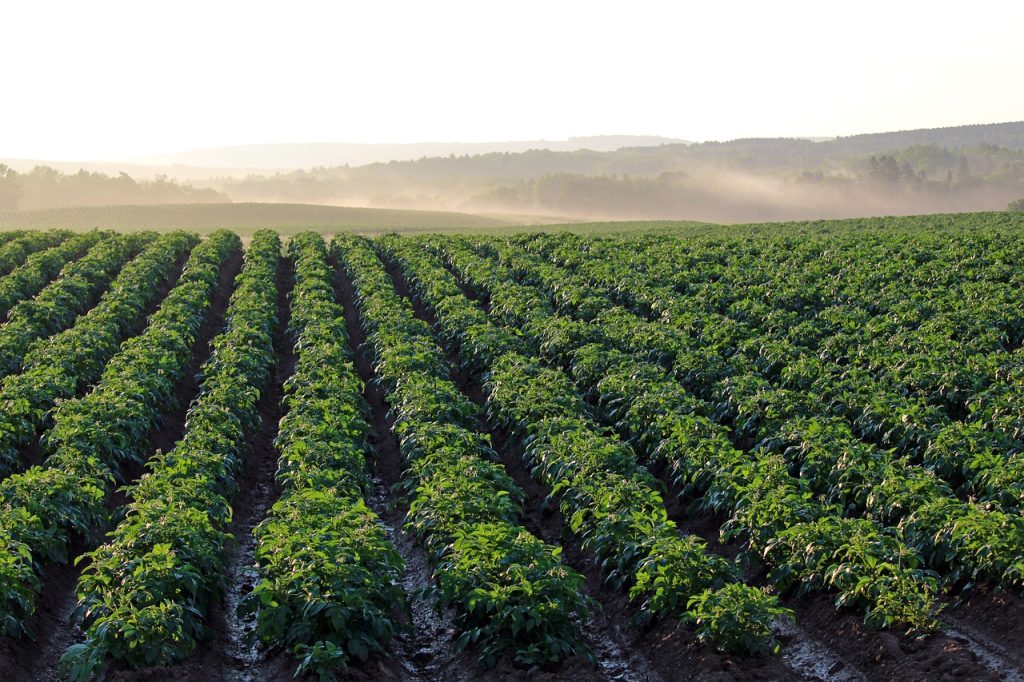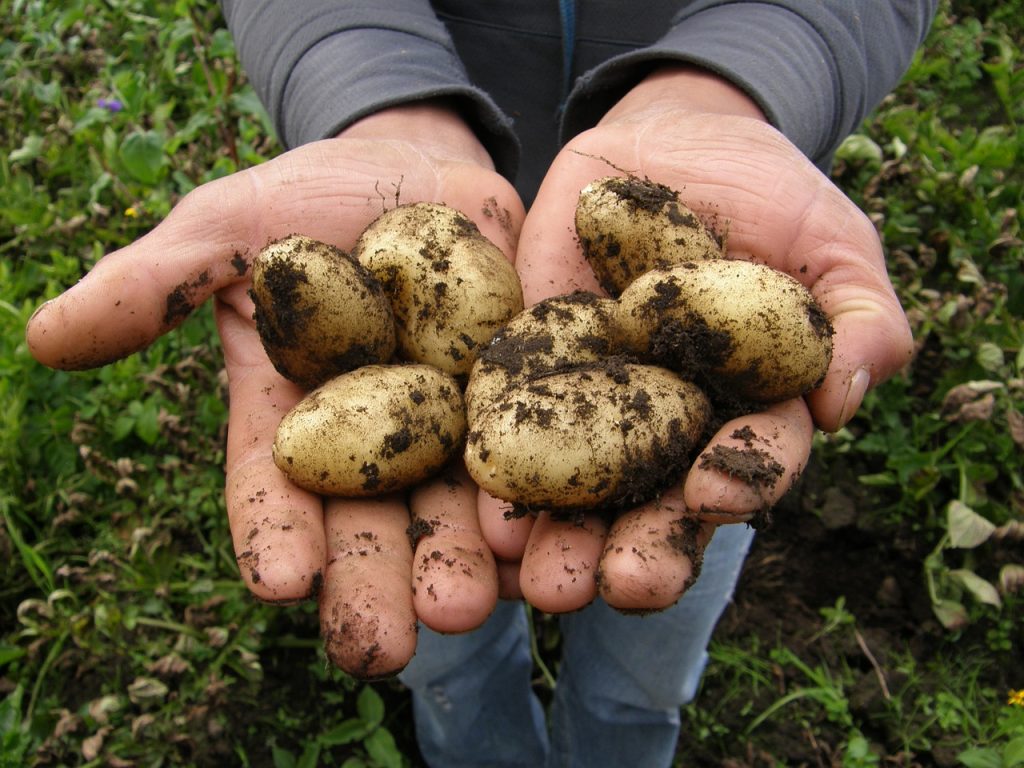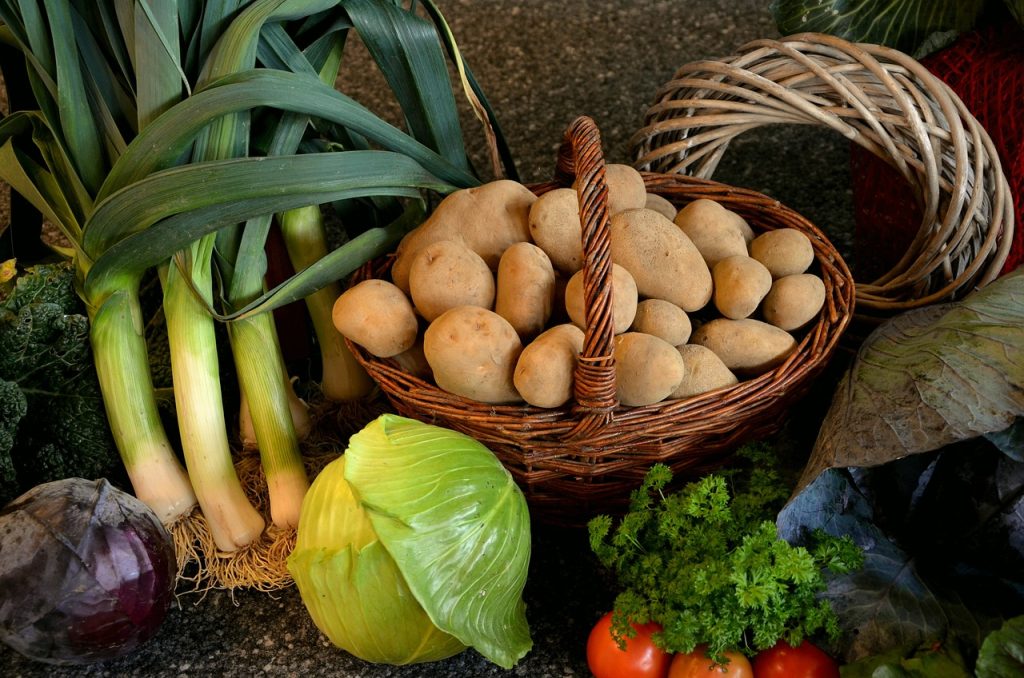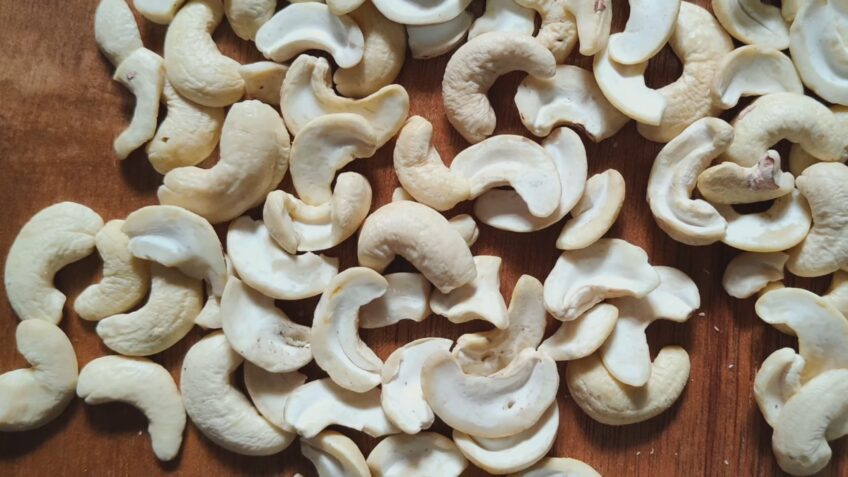
Embracing the Sweet Potato Adventure (Sweet Potatoes)
Embarking on the journey of growing sweet potatoes can be a rewarding experience for any gardening enthusiast. In this guide, we’ll explore the ins and outs of cultivating sweet potatoes naturally, providing you with essential tips and tricks to ensure a bountiful harvest.
Understanding the Sweet Potato Basics (Sweet Potatoes)
Before we delve into the nitty-gritty of cultivation, let’s familiarize ourselves with the basics of sweet potatoes. Sweet potatoes (Ipomoea batatas) are not only a delicious addition to our plates but also a nutrient-rich powerhouse. Packed with vitamins, minerals, and antioxidants, they make for a healthy and versatile crop.
Choosing the Right Varieties: A Sweet Symphony of Options
Selecting the right potato variety is crucial for a successful harvest. Varieties like Beauregard, Covington, and Jewel are known for their adaptability and exceptional taste. Consider your climate and soil conditions to choose a variety that thrives in your specific region.
Planting Sweet Potatoes: The Groundwork for Success
Planting is a critical phase in potato cultivation. Embarking on your potato journey begins with selecting a sun-kissed spot with soil that drains well. Prioritize preparing the soil by blending in organic matter to enrich its fertility. Plant potato slips, which are young shoots grown from mature potatoes, allowing them enough space to sprawl and flourish.

Nurturing the Crop: Watering and Fertilizing Tips
Sweet potatoes thrive in consistently moist soil. Watering is essential, especially during dry spells, but be cautious not to overwater as it may lead to root rot. Utilize a balanced organic fertilizer to provide the necessary nutrients for optimal growth. A nitrogen-rich fertilizer at the beginning and a phosphorus-rich one during tuber formation can work wonders.
Combatting Pests Naturally: A Gentle Approach
Protecting your sweet potato crop from pests is crucial without resorting to harsh chemicals. Companion planting with insect-repelling herbs like basil and marigold can deter pests effectively. Regularly inspect your plants for signs of infestation and address any issues promptly.
Weeding: Clearing the Path to Sweet Potato Glory
Weeding is an often-overlooked aspect of sweet potato cultivation. Regular weeding not only eliminates competition for nutrients but also prevents pests from finding a home in the undergrowth. Mulching can be an excellent strategy to suppress weeds and retain soil moisture.

Patience is a Virtue: Harvesting Sweet Potatoes
As your sweet potato vines spread and flourish, it’s essential to practice patience. The tubers need time to develop fully. Harvesting is typically done after the vines have withered, signaling the completion of the growing cycle. Gently dig up the tubers, being careful not to damage them.
Storing Your Bounty: Tips for Long-Term Enjoyment
Proper storage is crucial to enjoying your sweet potato harvest for an extended period. Cure freshly harvested sweet potatoes by placing them in a warm, humid environment for about two weeks. After curing, store them in a cool, dark place to prevent sprouting and maintain their quality.
Celebrating Sweet Success
In conclusion, growing sweet potatoes naturally is a fulfilling endeavor that rewards both patience and effort. By choosing the right varieties, providing optimal care, and embracing natural methods, you can cultivate a bountiful harvest. So, roll up your sleeves, get your hands dirty, and enjoy the sweet success of homegrown sweet potatoes!
Sweet Potatoes and Your Health!
Hey health buddies! Let’s talk about the rockstars of nutrition – sweet potatoes! These colorful gems aren’t just tasty; they’ve got your back for heart health, glowing skin, and that extra energy kick. Plus, they’re the BFFs of weight watchers and much more! Time to make sweet potatoes your delicious sidekick on this awesome health adventure. Happy gardening!









